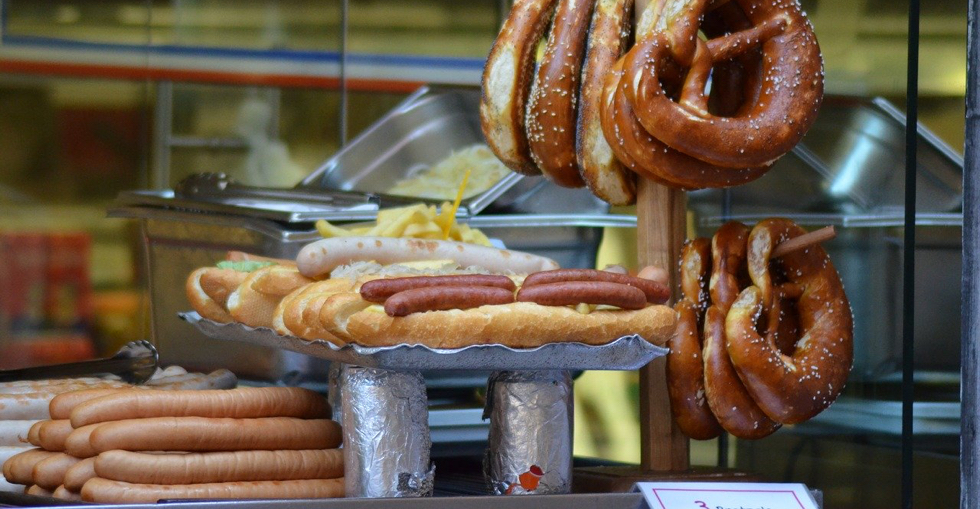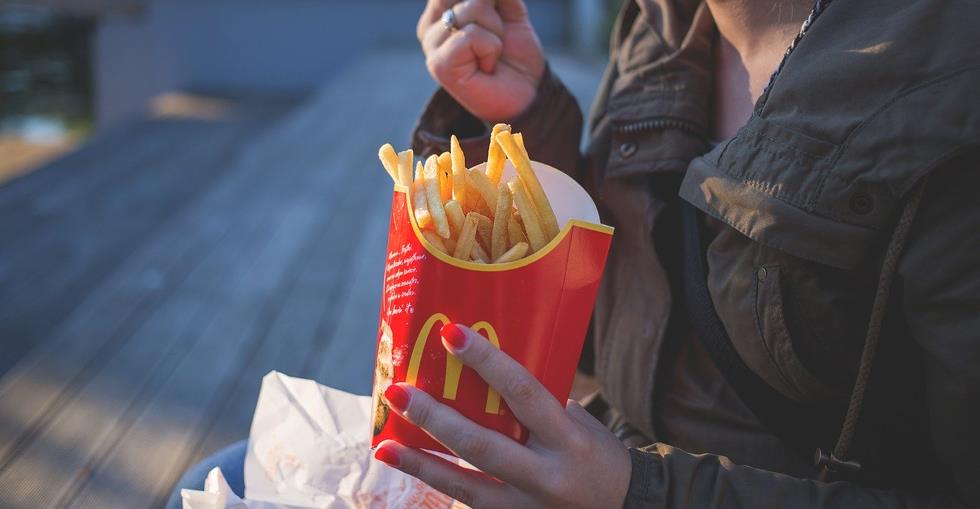For better or for worse, the American consumer has had a long love affair with fast food. Convenience, consistency, and relatively low cost keep us haunting the drive-thru despite legitimate concerns about nutrition. To the tune of about 50 million meals every day.
According to a 2018 franchise report, fast food makes up a quarter of all franchises in the country, making it the most popular franchise option by a significant margin. And, while all the best-known fast food establishments are franchise-based, under the right circumstances, an independent fast food restaurant can do just as well as its high-profile peers.

Fast food restaurants (aka quick-service restaurants, or QSRs) are popular with entrepreneurs due to their brand recognition, established customer base, and comparatively low operating costs. But this rosy picture doesn’t mean running a QSR is a guaranteed path to easy riches. No matter how popular a type of business is, each individual business needs to stand on its own, and that takes hard work, smart decision making, and a bit of luck.
If you’re running a franchise location you’ll likely receive more guidance and assistance from the parent company, but you’ll still need to take action to make your restaurant successful. And you’ll pay for that help through your franchise fee. If you’re running an independent fast food restaurant, you may face more trial-and-error, but you also have a bit more margin for error with your lower overhead cost.
Either way, the principles of success are the same. If you already own a fast food restaurant, or you’re considering buying one, you want to know what running it day to day will look like. Here are the things you need to be aware of:
The daily grind
One of the first things restaurant owners realize is the workload required to keep the business operating. It’s not a laid back, low-intensity job. There are a lot of operational hours to fill and a lot of behind-the-scenes work that needs to get done to make sure customers get what they’ve come in for.
In a fast food restaurant, this principle is magnified even more by the fast pace of every order and the sheer number of hours the restaurant stays open. Nearly all fast food restaurants are open from early morning (perhaps 5:00 am) to late night (perhaps 11:00 pm). Many are open 24 hours at least part of the week, and only one national franchise is closed for a full day each week.

That means, as the owner, you’re going to need to work a ton of hours yourself, or you’ll need to have a qualified staff you can trust in place to handle things for many hours each day while you’re not right there. Here’s what you or they will be responsible for:
- Preparing and packaging the food
- Interacting with customers and handling transactions
- Cleaning and maintaining the kitchen and dining areas
- Monitoring the stock of ingredients and ordering replacements as needed
- Accepting and putting away shipments of new stock
- Handling customer complaints or disruptions
Of course, even if you plan to be at the restaurant as much as humanly possible, you’ll need additional staff to help handle everything due to the fast pace and high volume service customers expect from a QSR.
Staffing your restaurant
Fast food restaurants have notoriously high turnover. Most of the positions are considered unskilled labor and entry-level, so it’s not uncommon for them to pay minimum wage. This isn’t, in itself, a problem because most of those positions require very little training and development, so bringing in new people to replace those who leave is fairly easy and seamless.
However, doing so can end up taking a significant amount of an owner’s or manager’s time. In 2018, fast food locations averaged 15.28 employees per location, and the average turnover rate was a staggering 150 percent. That means the average fast food restaurant owner or branch manager needed to hire at least 24 people every year, or one every 15 days. Add in all the unsuccessful interviews, checking references and paperwork, and that’s a lot of time on one responsibility.
For that and other obvious reasons, a smart owner will invest heavily in hiring and retaining a reliable, skilled management team to help run the restaurant and manage personnel. It’s also wise to consider offering sizeable raises to staff members who prove themselves to be skilled and dependable after 30 or 90 days on the job. While much of the actual food preparation and packaging work in fast food is simple and repetitive, your staff needs to handle customer service and cleaning functions, both of which often end up being the death knells of poorly-run restaurants.
Marketing your restaurant
If you own a location with a strong franchise brand, marketing is likely less of an issue for you. Companies like McDonald’s, Burger King, or Taco Bell spend millions each year to maintain and grow their brand recognition, design special offers, expand their menus, and the like. As a franchisee of one location, you’re mostly just along for the ride, reaping the benefits of that effort.
However, if you’re running an independent QSR, marketing is absolutely vital to successfully competing with those huge franchises that almost certainly have locations within a mile or two of yours. Here are three marketing tips to keep top of mind:
- Get online: In many cases, a good website acts as your customers’ first impression of what you have to offer, so make sure your site is the best representation of your restaurant!
- Get social: Be sure to set up a presence on all of the major social channels. Not only can you advertise special offers, but it’s also an excellent way to allow your customers to share your business with their friends.
- Word of mouth: Happy customers are the best form of advertisement! As long as you keep giving them good food, friendly service, and a clean, relaxing environment they will gladly spread the word.

Additionally, never underestimate the power of online reviews on sites like Yelp, Facebook, and Google Maps. If a customer has never been inside your restaurant before, they’re most likely checking it out online before they walk in. Take the time to make sure happy customers know where they can leave a glowing review and unhappy customers’ issues are successfully resolved, with the resolution recorded on these sites if necessary.
Behind the scenes
Beyond the basics of cooking up a quality, consistent product and making sure customers are happy, all of the behind-the-scenes work that goes into any small business applies just as well to a fast food restaurant, whether it’s a franchise location or not.
You’ll need to make sure you keep accurate records of all financial transactions, personnel changes, equipment maintenance, real estate activity, and the like. The more up-to-date and accurate your records are, the easier it will be for you to notice when something is off.
For example, if sales drop significantly after you’ve tracked it religiously for two years, a discussion with your management team may reveal a situation that needs resolution. Likewise, if you note a sudden drop in customer quality scores that coincides with a recent change in who’s supplying your hamburger buns, you can resolve the problem quickly.
Of course, while you’ll want to monitor trends and stay aware of what’s happening in the back office; a smart owner will build a team of professionals they trust to handle the day-to-day necessities. This would include an accountant, bookkeeper, and perhaps an attorney, at the least.
Running a fast food restaurant can be both challenging and fun. What it’s not is a walk in the park. Still, whether you’ve already purchased your new business or you’re still searching for your ideal opportunity, following these tips will help give you the best chance of success.
Of course, if you don't think a fast food restaurant is for you, why not extend your search to other businesses around you.



